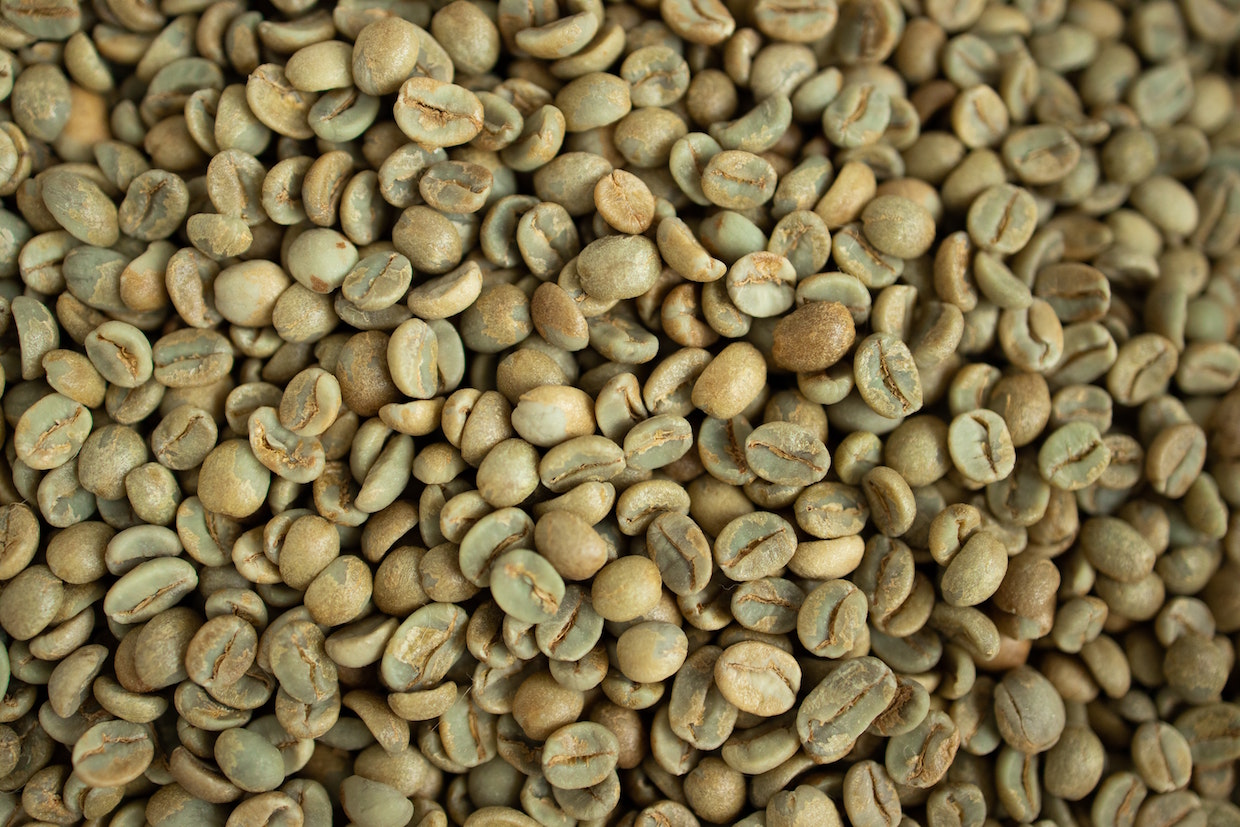Traded volumes of high-quality specialty coffee declined as a result of the COVID-19 pandemic while volumes of lower-quality specialty coffees increased, according to a recent analysis from the authors of the Specialty Coffee Transaction Guide.
Peter W. Roberts and Chad Trewick penned the 19-page report documenting the COVID-19 pandemic’s effects on specialty coffee purchasing behaviors in the 2019-20 harvest year. The report covered thousands of contracted transactions from the dawn of the pandemic through October 2020, providing comparisons to the prior year.
The two also introduced the report in an English-language webinar here (a Spanish-language version of the webinar will take place Thursday, April 15).
The data used for the report came from 58 “data donors” who submitted their coffee contract data for anonymized analysis in the two most recent years’ harvests as part of the ongoing SCTG project.
The COVID-19 report was supported by third parties Catholic Relief Services, Rainforest Alliance
, and TechnoServe’s MOCCA Project (funded by the USDA’s Food for Progress Program).
“The data show that the pandemic had a negative overall effect on specialty coffee sales and a dramatic effect on the composition of those sales,” the report states. “The total volume of green coffee purchases through these 58 companies fell by 0.6%. Regular specialty coffee sales (those scoring less than 84 points according to SCA cupping protocols and sold in containers) increased while fancy specialty sales (those scoring 84+ points and sold in smaller lots) declined.”
In terms of the number of contracts from one year to the next, total transactions of 84+ coffees declined 20.4%, and there was a 17.1% increase in the number of transactions for coffees scoring shy of 84 points. The quality score average for those contracts dropped 0.24 points from 84.75 to 84.51, which the authors regarded as a “statistically significant” decline given the volumes involved.
The report repeatedly notes the concern that such shifts are likely to affect producers who diverted resources to appeal to buyers in the higher-end specialty coffee market but may now be left in the lurch as purchasing priorities shift.
The full report contains a wealth of analysis on the year in green coffee transactions. It explores changes in fixed-price contracts vs. differential-based contracts, the effects of certifications, shifts between traditional consuming and traditional producing regions, and various regional and global shifts throughout the cycle of the pandemic.
Importantly, the report’s authors repeatedly underscore the concept of resiliency — not merely for producers or traders or roasters, but for the countless personal relationships that helped keep the coffee trade afloat, and in some instances defied dire predictions, in what has been a most difficult year for everyone.
“Despite these new market challenges and uncertainties that are layered on top of a seemingly endless string of unfinished crises for coffee producers, this resilience prompts the question: ‘Could the pandemic be an opportunity to rebalance the system?'” the report asks. “In the many conversations and deliberations that follow the release of this report, we hope that a range of innovative market initiatives will reward past investments in resilience with another resounding YES.”
Nick Brown
Nick Brown is the editor of Daily Coffee News by Roast Magazine.
Comment
1 Comment
Comments are closed.







i dunno what this is but it was good